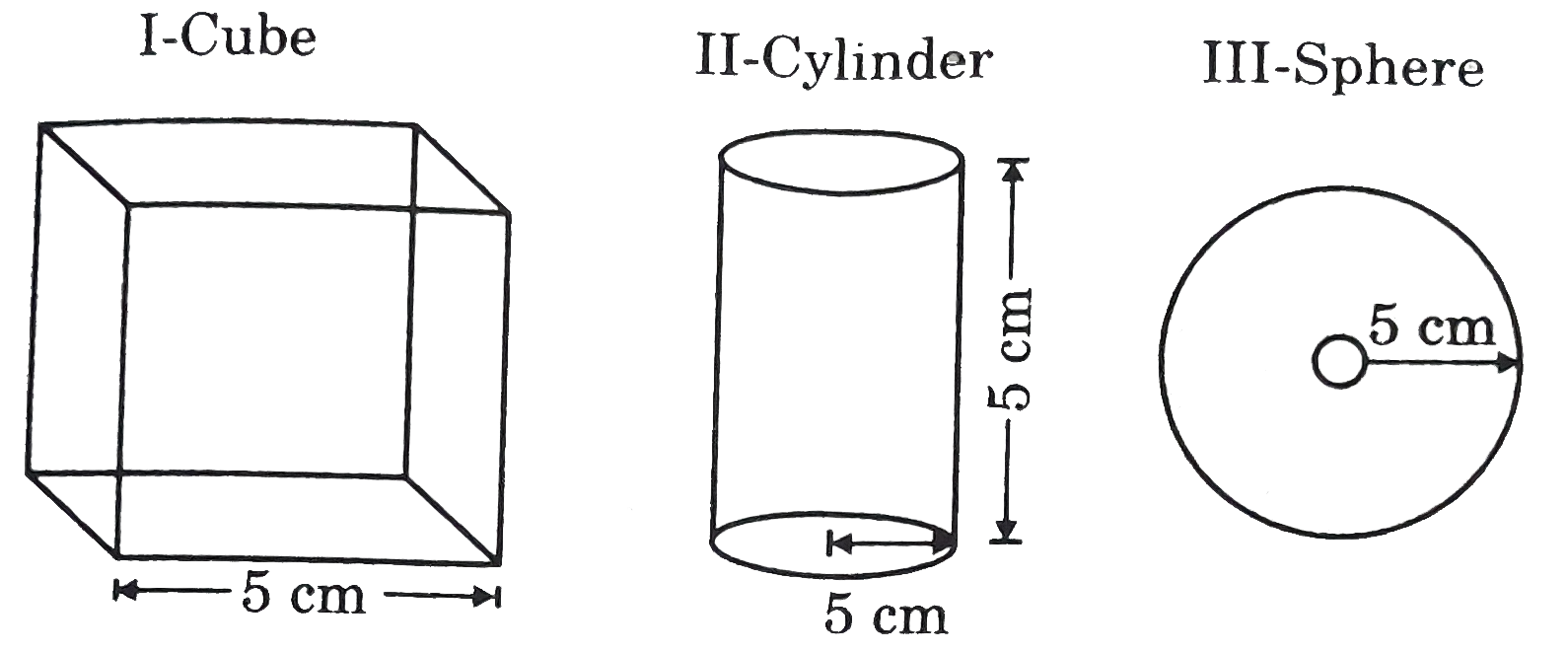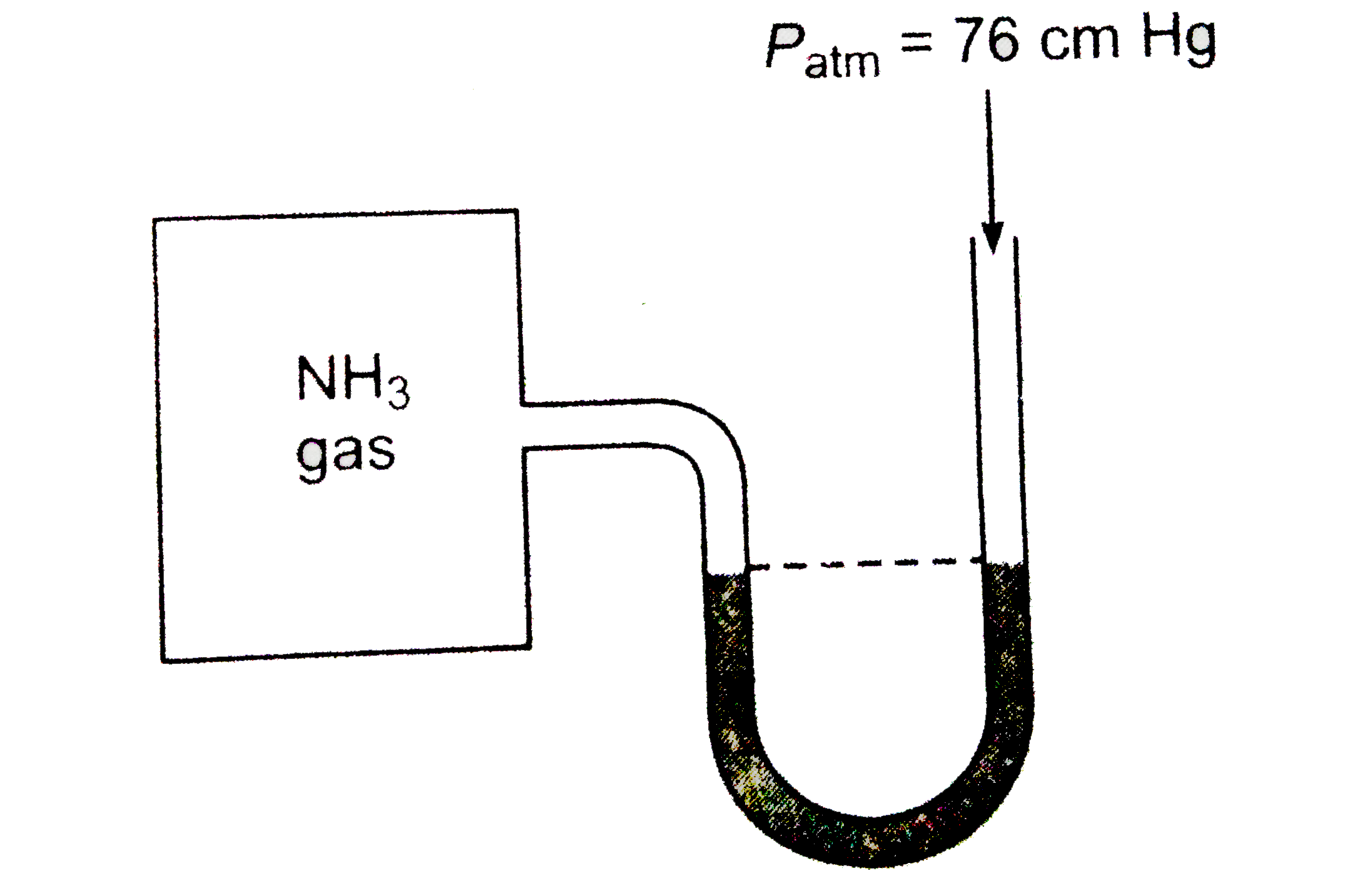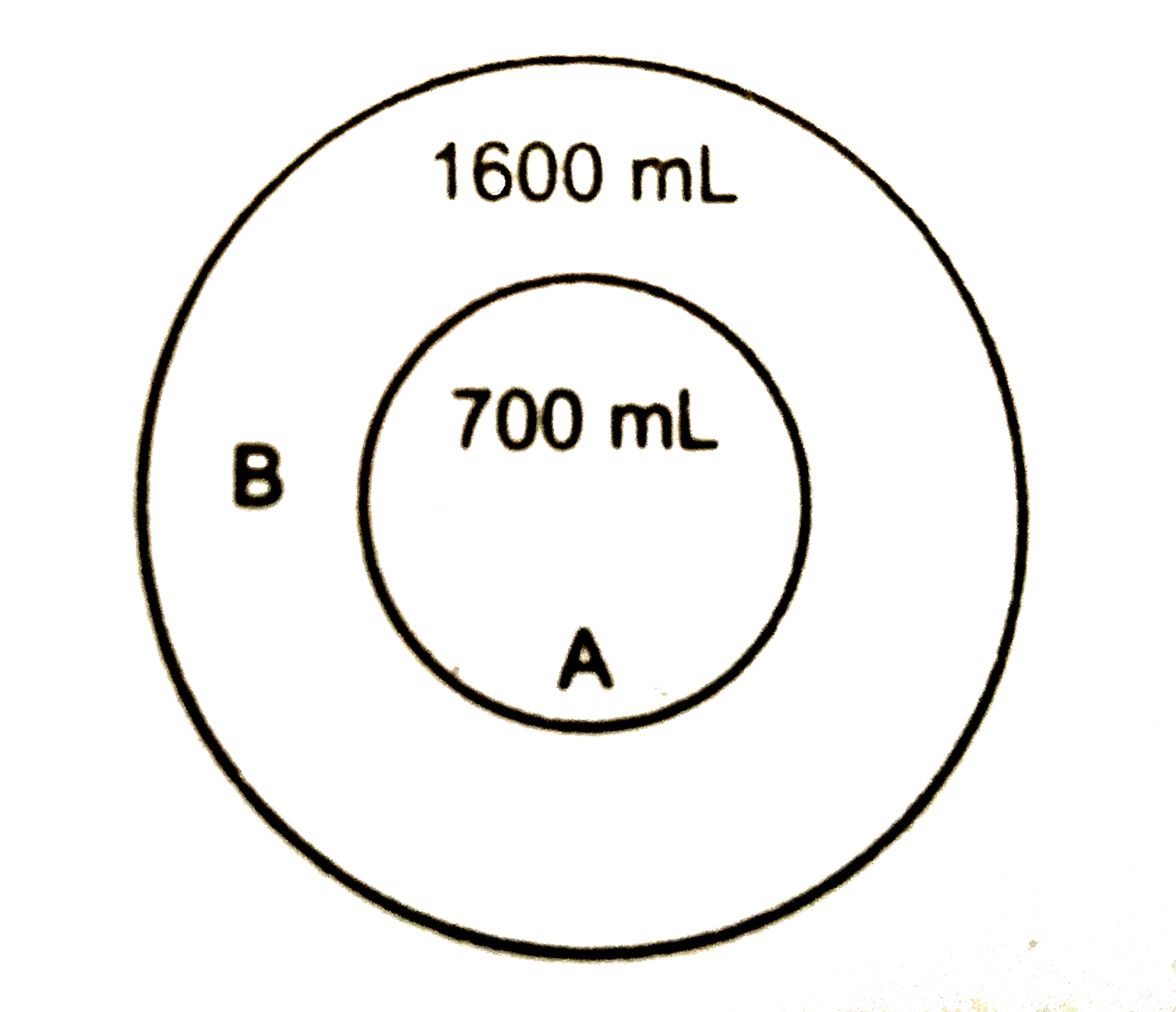Complete Solutions to Objective questions Level B of chapter STATES OF MATTER (GASES AND LIQUIDS) of Class 11 book with complete answers and questions
| Class 11 | CHEMISTRY |
| Chapter | STATES OF MATTER (GASES AND LIQUIDS) |
| OP TANDON | Objective questions Level B |
| Number Of Questions | 34 |
| Academic Year | 2023-24 |
Which of the following graphs is not a straight line for an ideal gas ?
View SolutionThe quantity `(PV//K_(B)T)` represents
View Solution1 litre of `N_(2) " and " 7//8` litre of `O_(2)` at the same temperature and pressure were mixed together. What is the relation between the masses of the two gases in the mixture ?
View SolutionA box is divided into two equal compartments by a thin partition and they are filled with gases X and Y respectively. The two compartments have a pressure of 250 torr each. The pressure after removing the partition will be equal to:
View SolutionThe density of a gas `A` is twice that of a gas `B` at the same temperature. The molecular mass of gas `B` is thrice that of `A`. The ratio of the pressure acting on `A` and `B` will be
View SolutionIn the corrections made to the ideal gas equation for real gases, the reduction in pressure due to attractive forces is directly proportional to :
View SolutionWhich of the following is most suitable for liquefaction?
View SolutionAn ideal gas of certain mass is heated in a small vessel and then in a large vessel, such that their volume remains unchanged. The `P - T` curves are :
View SolutionA spherical air bubble is rising from the depth of a lake when pressure is `P atm` and temperature is `T K`. The percentage increase in the radius when it comes to the surface of a lake will be (Assume temperature and pressure at the surface to be, respectively, `2T K` and `P//4`.)
View SolutionIt is eaiser to liquefy oxygen than hydrogen because.
View Solution`2 mol` `He` is mixed with `2 gm ` of `H_(2)`. The molar heat capacity at constant pressure for the mixture is
View SolutionThe van der Waals' constant 'a' for the gases `O_(2), N_(2), NH_(3) "and " CH_(4)` are 1.36, 1.39, 4.17 and 2.253 respectively, the gas which can be most easily liquefied is :
View SolutionAt what temperature will the molar kinetic energy of `0.3 mol` of `'He'` be the same as that of `0.4 mol` of argon at `400 K`?
View SolutionLet `P` and `P_(s)` be the partial pressure of water and saturated partial pressure of water vapours, then relative humidity is given by .
View Solution
There are three closed containers in which equal moles of gas is filled if the containers are placed at the same temperature, then which of the following is correct?
View SolutionA vessel is filled with a mixture of oxygen and nitrogen. At what ratio of partial pressures will the mass of gases be identical?
View SolutionWhich of the following is incorrect ?
View SolutionWhich of following correctly represents the relation between capillary rise `h` and capillary radius `r`?
View SolutionThere is a depression in the surface of the liquid in a capillary when
View SolutionSurface tension does not vary with
View SolutionWhich among of the following has least surface tension?
View SolutionThe `SI` unit of viscosity coefficient is
View SolutionUnder critical conditions, the compressibility factor for a gas is .
View SolutionThe critical temperature of water is higher than that of `O_(2)` because the `H_(2)O` molecule has
View SolutionThe ratio a/b (the terms used in van der Waals' equation) has the unit .
View SolutionSelect the correct order of the following temperature: `{:("Boyl tempe.","Critical temp.","Inversion temp.",),(" "T_(B)," "T_(C)," "T_(I),):}`
View SolutionThe gas equation for a real gas is:
`P (V - b) = RT`
Here, the parameter 'b' is van der Waals' constant. The graph of pressure against temperature (isochore) will give straight line of slope :
View SolutionTwo gas bulbs are connected by a thin tube. Calaculate the partial pressure of helium after the connective value is opened at a constant temperature of `27^(@)C`

View SolutionA manometer attached to a flask contains with ammonia gas have no difference in mercury level initially as shown in diagram. After sparking into the flask, ammonia is partially dissociated as `2NH_(3)" (g)"rarr N_(2)" (g)"+3H_(2)" (g)"` now it have difference of 6 cm in mercury level in two columns, what is partial pressure of `H_(2)" (g)"` at equilibrium?

View SolutionTwo balloon A and B are taken at 300 K. Maximum capacity of balloon A and balloon B are 800 mL and 1800 mL respectively. When the balloon system is heated, which one will burst first ?

View Solution
A gas jar of 10 litre volume filled with `O_(2)` at 300 K is connected to glycerine manometer. The maonometer shows 5 m difference in the level as shown in figure. What will be the number of moles of `O_(2)` in the gas jar ?
(Given `d_("glycerine") = 2/72 g // mL , d_("mercury") = 13.6 g//mL`)
View SolutionTwo non-reactive monoatomic ideal gases have their atomic masses in the ratio `(2 : 3)`. The ratio of their partial pressure, when enclosed in a vessel kept at a constant temperature, is `(4 : 3)`. The ratio of their densities is :
View SolutionOne mole of a monoatomic real gas satisfies the equation `p(V-b)=RT` where `b` is a constant. The relationship of interatomic potential `V(r)` and interatomic distance `r` for gas is given by
View SolutionThe qualitative sketches I,II and III given below show the variation of surface tension with molar concentration of three different aqueous solution `KCl,CH_(3)OH` and `CH_(3)(CH_(2))_(11)OSO_(3)NA^(+)` at room temperature. The correct assignment of the sketches is

View Solution
Objective questions Level B questions and complete solutions for chapter STATES OF MATTER (GASES AND LIQUIDS) of G.R. BATHLA & SONS CHEMISTRY (HINGLISH) of Class 11